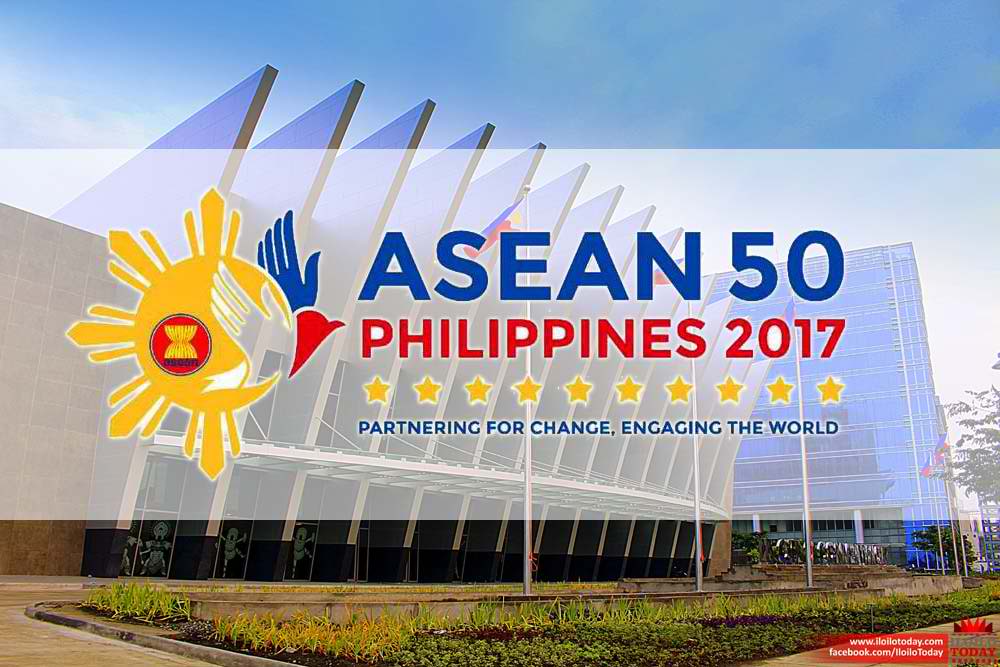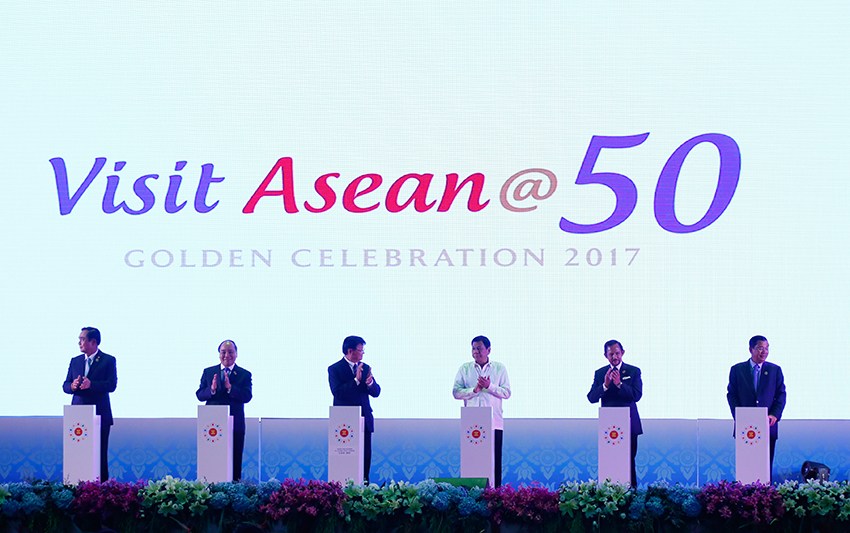ASEAN IN ITS GOLDEN ANNIVERSARY: ARE THERE “GOLDEN” OPPORTUNITIES?
Heads of the Association of Southeast Asian Nations (ASEAN) 10-member countries will be gracing the 30th ASEAN Summit in the Philippines on 27-28 of April, 2017. The Philippines is honored to host this year’s ASEAN gathering, as such President Duterte is the Chairman of the said event .
Just a brief backgrounder, ASEAN was created in 1967 in Bangkok, Thailand with the Philippines, Indonesia, Malaysia,Singapore and Thailand as the Founding Members, initially using the so-called “sports-shirt diplomacy” (friendship and solidarity). Other member states such as Brunei Darussalam, Cambodia, Laos, Myanmar and Vietnam joined in later.
ASEAN Summit 2017 with its theme, “Partnering For Change, Engaging The World” is expected to forge strong partnership in an effort to enhance development through unity and to deepen relationship among the member countries and with its global partners. It is opportune that the Philippines will be hosting the said event in time for ASEAN’s golden anniversary. It is also timely as the Philippine Govt. has just launched its “Dutertenomics” dubbed as “Golden Age of Infrastructure”. What’s more coincidental is that this year’s lucky color is “Gold”! Hey, ASEAN 2017 has a triple “GOLD”!: A Golden Anniversary, A Golden Age of Infrastructure for the host, and “Gold” as 2017 lucky color. What could these simultaneous occurrence mean? Could this be the “golden” opportunity for the ASEAN to shine in the international arena, particularly with the Philippines having a pivotal role in raising awareness of ASEAN’s relevance in Asia and the world? Just thinking out loud! (TOL).
Seriously, there’s always a possibility that anything great can happen, hopeless situation can turn out to be hope filled, and that real change can be possible. With Duterte’s passion to make the Philippines and its ASEAN brothers be more integrated and concerted in all its efforts particularly in some crucial issues, the probability of realizing gains in an integrated and harmonized community is much higher. With the increasing household purchasing power, there’s no doubt that ASEAN can transform the region into the next frontier of consumer growth despite distinct differences in culture and traditions. Why?
-World Bank data revealed that ASEAN economies has an estimated 623 million total population, larger than the European Union and North America (254 million of which are from Indonesia, accounting for the 40% of the total population). ASEAN is now the world’s third largest labor force, with the youth generation comprising the bulk of the pie.
-If for instance ASEAN were combined as one economy, it would be one of the largest in the world with a combined gross domestic product of $2.57 trillion, as of to date. The services sector is ASEAN’s biggest contributor to growth, making up about half of the region’s total GDP. ASEAN is projected to rank as the fourth-largest economy by 2050.
-Approximately 60 percent of total growth since 1990 come from productivity gains in sectors such as manufacturing, retail, telecommunications, and transportation. And the said sectors are efficiently growing.
-The ASEAN Economic Community which is envisioned to pave the way for free flow of goods, services, investments, and skilled labor would serve as a competitive advantage to its neighboring economies.
-ASEAN could generate 14 million jobs should it open its doors to competition and ease its trade barriers, simplify its investment rules and invest in infrastructure.
-ASEAN total merchandise exports of roughly $1.2 trillion is one of the most open economic regions in the world.
-While ASEAN’s migrant workers pose a challenge to their respective economies, the same workers are of great help in stimulating the ASEAN countries’ economy via foreign remittances sent back home. Although some ASEAN leaders are presently exerting best efforts to restore economic stability by promoting enterprise and creating more wealth and jobs to encourage overseas workers to return to, stay and work in their homelands and instead compete internationally.
-ASEAN’s view of a peaceful resolution about the disputes on the South China Sea could be a strength too. Who knows?
With a concerted effort and by working together using the above strengths and opportunities, all of these could benefit either the entire ASEAN or at the least a member nation such as the Philippines. It is up to the respective leaders of each ASEAN member-country to engineer their own socio-economic agenda and implement the needed requirements to grab the said “GOLDEN” opportunity, and in the end achieve the desired economic growth and development and ultimately bring the benefits to the people.
Wishing you success, ASEAN!


Thanks, great article.